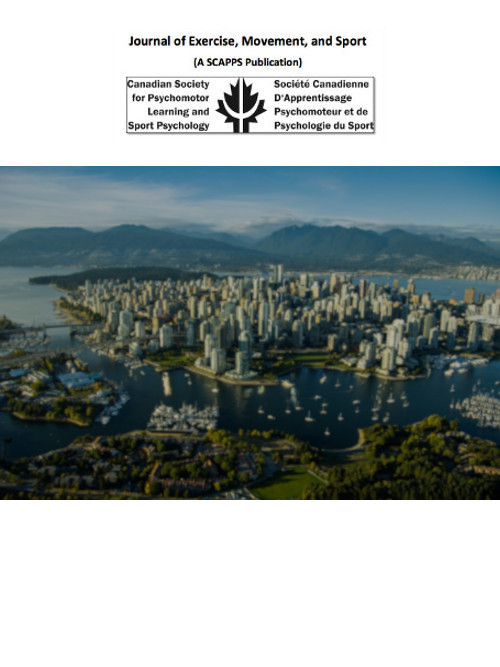Abstract
We asked if awareness of a visuomotor perturbation may govern the extent of visuomotor adaptation achieved. Participants (n = 49) were divided into 2 groups (Abrupt and Gradual group), and reached in a virtual environment where a cursor on a screen misrepresented the position of their hand. In the Abrupt group, the cursor was immediately rotated 45° CW relative to hand motion, whereas in the Gradual group, the 45° cursor perturbation was gradually introduced over trials (1° increments every trial). Participants reached with the rotated cursor (Reach Training) and then with an aligned cursor (Washout). Following Reach Training, participants were designated as aware (Abrupt: n = 15, Gradual: n = 11) and unaware (Gradual: n = 17) based on perceptual reports (e.g., a questionnaire and drawing task where they drew the path their hand took to get the cursor on target). While all participants were able to adapt to the cursor perturbation during Reach Training, unaware participants made faster and more curved movements in order to counteract the cursor rotation compared to aware participants. Performance differences between aware and unaware participants were also seen following removal of the perturbation (Washout). Specifically, analyses revealed that during the early phases of Washout, unaware participants showed greater reach errors than those who were aware, regardless of how the perturbation was introduced during Reach Training. Together, these findings indicate that awareness may govern the extent of (implicit) adaptation to a visuomotor distortion.Acknowledgments: Supported by the Natural Sciences and Engineering Research Council of Canada [EKC].

